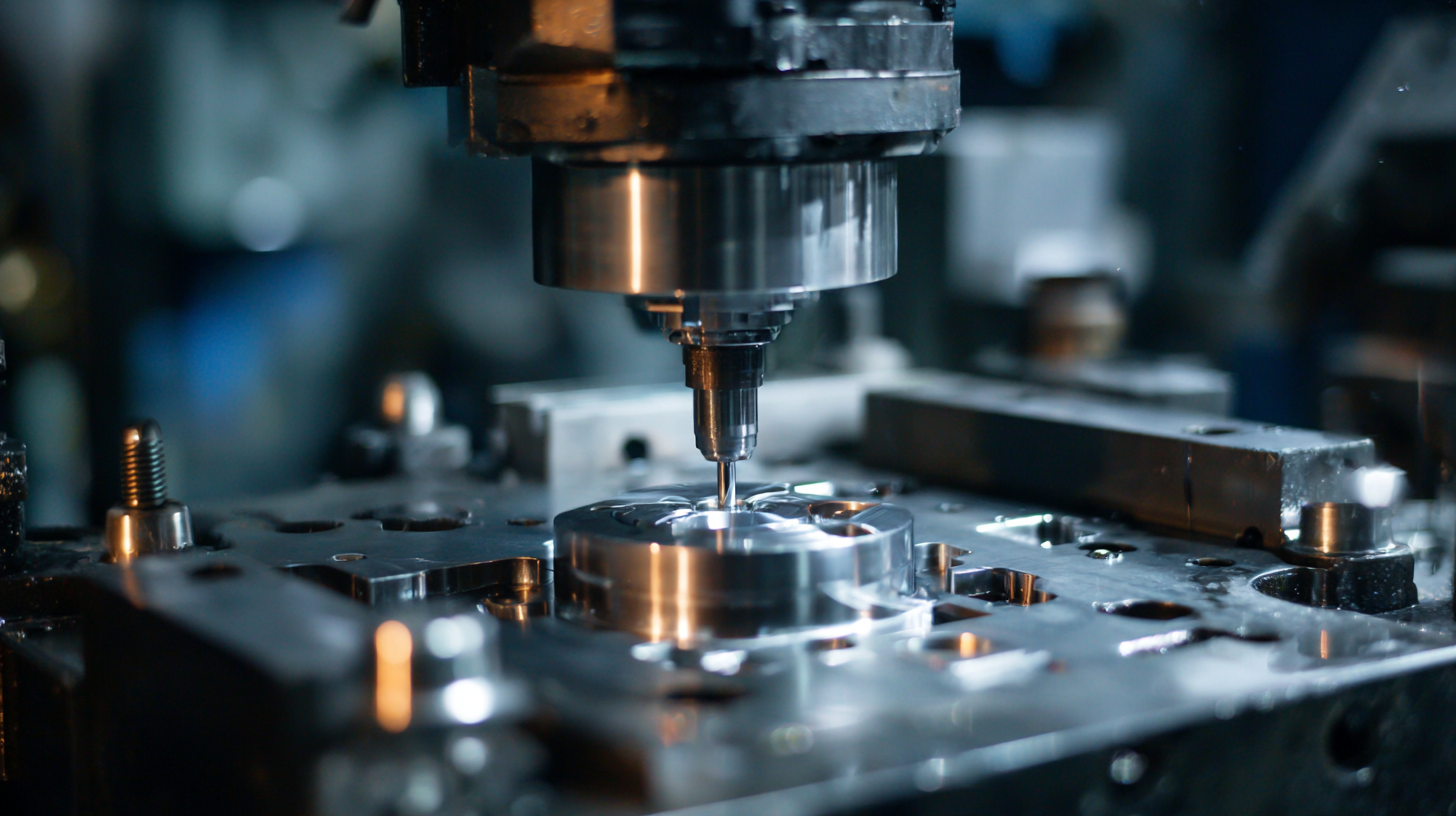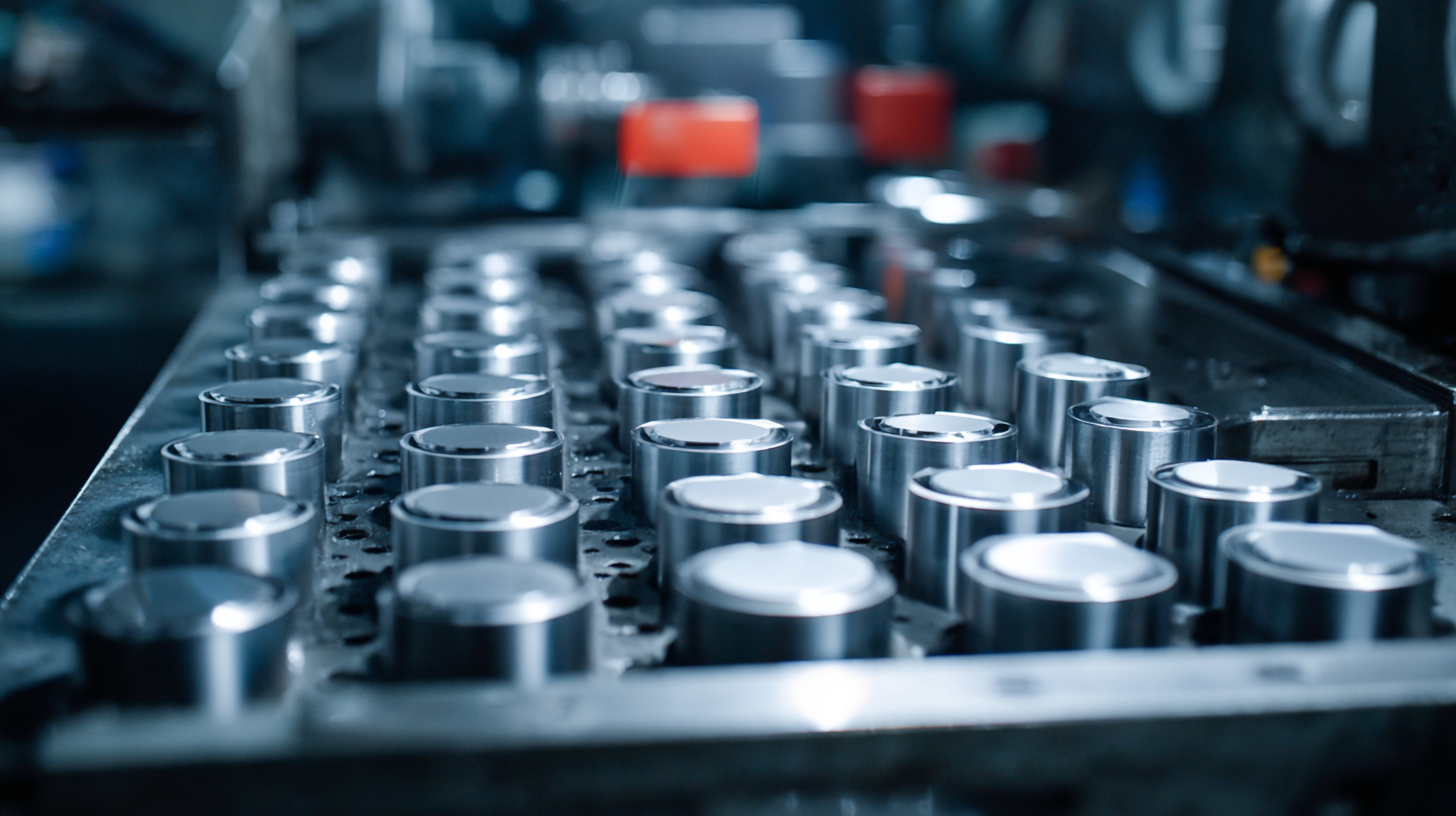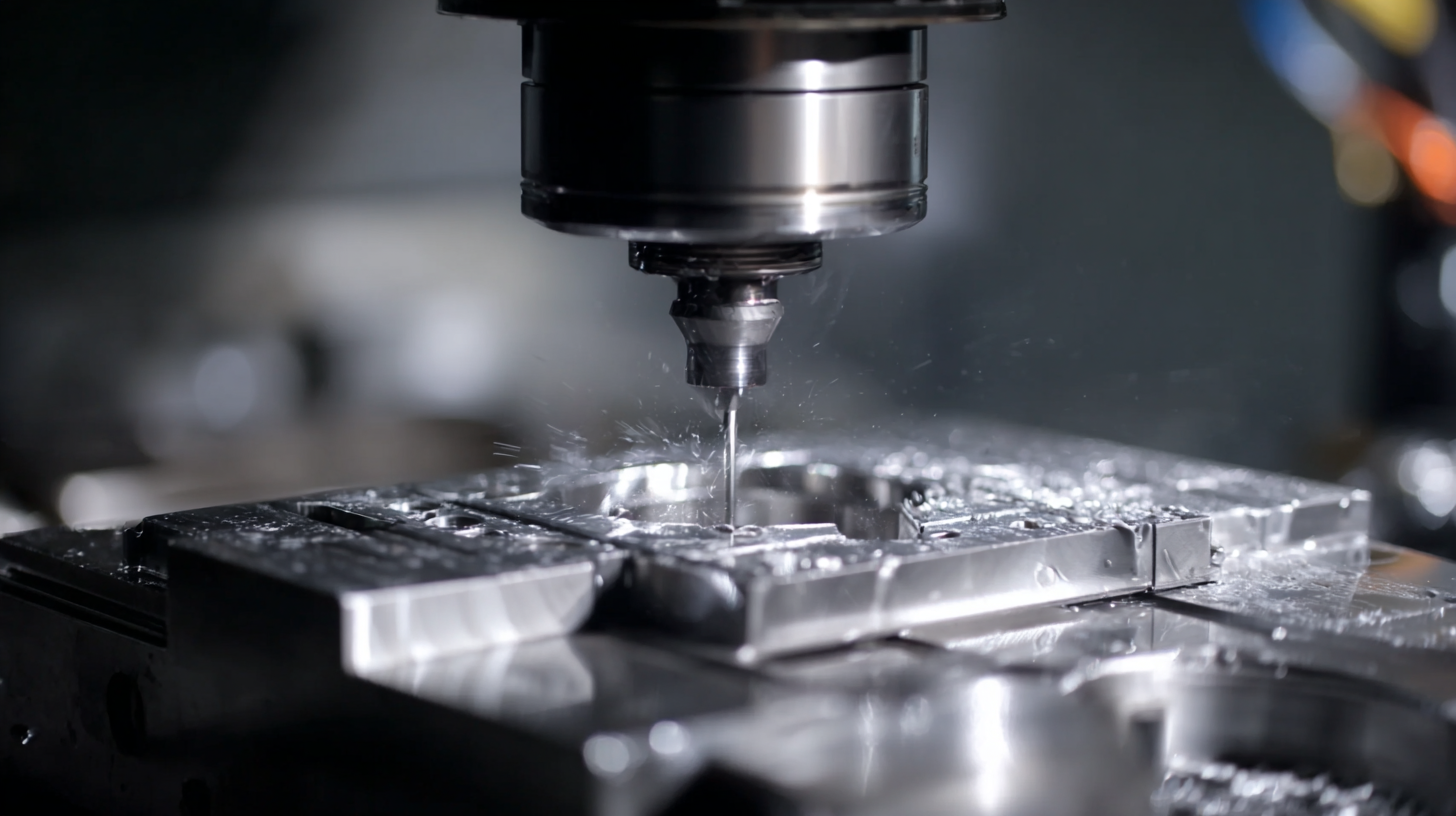Best Die Cast Solutions: Enhancing Precision and Efficiency in Manufacturing
In recent years, the die cast industry has witnessed significant technological advancements, making it a crucial player in the global manufacturing landscape. According to a report by MarketsandMarkets, the die casting market is expected to reach $87 billion by 2025, driven by increasing demand for lightweight components in automotive and aerospace applications. The integration of smart manufacturing technologies, such as IoT and AI, is not only enhancing the precision of die casting processes but also improving overall efficiency. As industries strive to adopt Industry 4.0 principles, die cast solutions are evolving to meet the challenges of modern manufacturing, ensuring cost-effectiveness and higher productivity. This blog explores the best die cast solutions available today, focusing on how these advancements can significantly boost precision and efficiency in manufacturing.

Identifying the Key Qualities of a High-Quality Die Cast Manufacturer
When selecting a die cast manufacturer, it's crucial to identify the key qualities that ensure high-quality production standards. One critical aspect is the manufacturer’s experience and technical expertise. According to a report by Grand View Research, the global die casting market is projected to reach USD 97.68 billion by 2025, highlighting the increasing demand for precision components. A manufacturer with a proven track record in various industries can provide the nuanced understanding necessary to meet complex demands efficiently.
Another important quality is the technology and equipment employed in the manufacturing process. Advanced die casting techniques, including cold chamber and hot chamber die casting, significantly influence the precision and speed of production. A study from Market Research Future indicates that the adoption of automated die casting processes can improve production efficiency by up to 20%, leading to reduced operational costs and enhanced product quality. Additionally, manufacturers that invest in state-of-the-art machinery are more likely to offer superior surface finishes and tighter tolerances, which are essential for applications like automotive and aerospace components.
Understanding the Importance of Precision in Die Casting Processes
 Precision in die casting is an essential factor that directly impacts the quality and efficiency of manufacturing processes. According to the 2022 Die Casting Industry Report, manufacturers who implement precision die casting techniques report a reduction in production defects by up to 40%. This is primarily due to the meticulous control over casting variables such as temperature, pressure, and cooling rates, which ensures that every component meets stringent specifications. Enhanced precision not only improves the mechanical properties of the cast parts but also minimizes the need for extensive post-processing, translating to significant cost savings.
Precision in die casting is an essential factor that directly impacts the quality and efficiency of manufacturing processes. According to the 2022 Die Casting Industry Report, manufacturers who implement precision die casting techniques report a reduction in production defects by up to 40%. This is primarily due to the meticulous control over casting variables such as temperature, pressure, and cooling rates, which ensures that every component meets stringent specifications. Enhanced precision not only improves the mechanical properties of the cast parts but also minimizes the need for extensive post-processing, translating to significant cost savings.
Furthermore, the increasing demand for lightweight and durable components in sectors like automotive and aerospace is driving the need for high-precision die casting solutions. A study by the International Aluminum Institute indicates that precise die casting can yield parts with weight reductions of 15% to 20% without compromising structural integrity. As the manufacturing landscape evolves, companies that prioritize precision will find themselves at the forefront of innovation, meeting the challenges posed by complex designs and tight tolerances, ultimately boosting overall operational efficiency.
Evaluating Efficiency: What to Look for in Production Techniques
In the competitive landscape of die casting manufacturing, optimizing production techniques is crucial for enhancing both precision and efficiency. According to a report by Freedonia Group, the die casting market is projected to grow at an annual rate of 4.3% through 2025, underscoring the industry's push for improved manufacturing processes. When evaluating efficiency in production techniques, one should focus on key factors such as cycle time reduction, energy consumption, and integration of automation. For instance, advanced die casting processes like vacuum die casting can significantly reduce cycle times by up to 30%, leading to increased output without compromising quality.
Moreover, the implementation of Industry 4.0 technologies, including IoT and data analytics, has shown to enhance operational efficiency. A McKinsey report highlights that manufacturers leveraging digital tools can achieve productivity improvements of 20-30% in specific processes. This integration allows for real-time monitoring and predictive maintenance, thus minimizing downtime and waste. Therefore, when assessing die casting production techniques, it is essential to consider these advancements along with traditional metrics to genuinely gauge and enhance operational efficiency in this evolving industry.

Assessing Material Selection for Optimal Die Cast Products
When it comes to die casting, the selection of materials is crucial for producing high-quality products that meet both performance and cost objectives. According to a recent report by the Grand View Research, the global die casting market is projected to reach USD 20.64 billion by 2025, driven largely by increasing demand for lightweight components in the automotive and aerospace sectors. Aluminum and zinc remain the most commonly used materials due to their favorable mechanical properties and lightweight characteristics.
Aluminum die casts, for instance, offer excellent strength-to-weight ratios and corrosion resistance, making them ideal for various applications. The Aluminum Association states that the use of aluminum in automotive applications alone could save up to 1.2 billion gallons of gasoline annually due to improved fuel efficiency. Meanwhile, zinc die casting provides superior durability and can be designed with intricate features, which is essential for electronics and consumer goods. By carefully assessing materials, manufacturers can enhance product lifecycle and operational efficiency, leveraging material advantages that align with specific application needs.
Best Die Cast Solutions: Enhancing Precision and Efficiency in Manufacturing
The Role of Technology in Enhancing Die Casting Manufacturing Solutions
The adoption of innovative digital manufacturing technologies is transforming die casting operations by enhancing both precision and efficiency. These advancements enable manufacturers to optimize processes, reduce waste, and increase the quality of their products. Technologies such as advanced automation, real-time data analysis, and additive manufacturing are crucial in streamlining workflows and fostering a competitive edge in the market.
When integrating these technologies, manufacturers should focus on continuous training for their workforce to ensure proper utilization and adaptation. Additionally, investing in advanced software solutions can significantly improve decision-making processes by providing valuable insights into production metrics.
It's also essential to stay updated with emerging trends, such as lightweight composites in die casting, which can lead to improved performance and reduced material costs. By embracing these innovations, companies can not only enhance their manufacturing capabilities but also cater effectively to the evolving demands of various industries.
Best Die Cast Solutions: Enhancing Precision and Efficiency in Manufacturing
| Parameter | Value | Measurement Unit |
|---|---|---|
| Casting Precision | 0.01 | mm |
| Production Cycle Time | 45 | seconds |
| Material Utilization Rate | 95 | % |
| Defect Rate | 0.5 | % |
| Energy Consumption | 2.5 | kWh/unit |
| Overall Equipment Effectiveness (OEE) | 85 | % |
| Employee Training Hours | 20 | hours/year |
Copyright © 2025 · All Rights Reserved · Franchino Mold & Engineering
